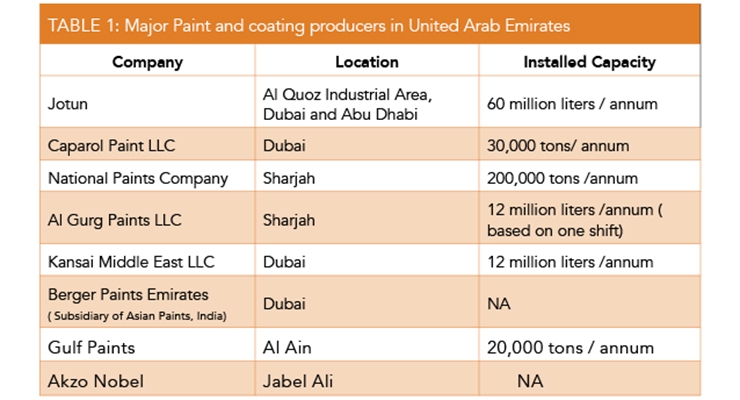Factors To Think About For Industrial Outside Painting By Season: Vital Details You Need To Have
Factors To Think About For Industrial Outside Painting By Season: Vital Details You Need To Have
Blog Article
Composed By-Burnham Celik
When you're intending a commercial outside paint project, seasonal factors can make or break your results. You'll wish to think about just how temperature level and moisture influence paint application and drying out times. Picking the best period can guarantee your paint adheres appropriately and lasts longer. Yet which periods are genuinely the most effective for this sort of work? Allow's discover the crucial elements that can impact your task's success.
The Effect of Temperature on Paint Application
When you're intending an industrial outside painting task, the temperature level can considerably impact just how well the paint adheres and dries out.
Ideally, you wish to repaint when temperature levels vary between 50 ° F and 85 ° F. If it's also cool, the paint may not heal appropriately, causing concerns like peeling or splitting.
On the other side, if it's also hot, the paint can dry too quickly, preventing appropriate attachment and causing an uneven coating.
You must additionally consider the time of day; morning or late afternoon offers cooler temperature levels, which can be more desirable.
Always inspect the manufacturer's suggestions for the details paint you're using, as they typically supply assistance on the excellent temperature array for ideal results.
Moisture and Its Result on Drying Times
Temperature isn't the only ecological factor that influences your business outside painting project; moisture plays a significant function as well. High moisture levels can decrease drying times substantially, impacting the total top quality of your paint task.
When the air is filled with wetness, the paint takes longer to cure, which can bring about issues like bad attachment and a greater risk of mildew development. If best exterior painters near me on a particularly damp day, be planned for extended delay times in between coats.
https://www.bobvila.com/articles/painting-original-millwork/ to check neighborhood weather conditions and plan accordingly. Preferably, go for humidity levels between 40% and 70% for ideal drying out.
Maintaining these consider mind ensures your task stays on track and provides a long-term surface.
Best Seasons for Commercial Outside Paint Projects
What's the best season for your commercial external paint jobs?
Spring and very early autumn are generally your best choices. During these periods, temperature levels are light, and humidity levels are usually reduced, creating ideal problems for paint application and drying out.
Prevent summer season's intense heat, which can trigger paint to completely dry also rapidly, leading to poor attachment and coating. In https://edgargmrwa.blogdiloz.com/34000796/aspects-to-take-into-consideration-for-business-exterior-painting-by-period-vital-information-you-need-to-have , wintertime's chilly temperature levels can impede proper drying out and curing, running the risk of the durability of your paint task.
Go for days with temperatures between 50 ° F and 85 ° F for optimal results. Bear in mind to examine the neighborhood weather prediction for rainfall, as damp conditions can destroy your project.
Preparation around these elements ensures your paint project runs smoothly and lasts much longer.
Verdict
In conclusion, intending your commercial external painting projects around seasonal considerations can make a considerable difference in the end result. By organizing job throughout the suitable temperatures and humidity degrees, you'll ensure far better attachment and drying times. Remember to watch on local weather forecasts and choose the correct time of year-- spring and very early autumn are your best bets. Taking these actions will certainly aid you attain a resilient and expert surface that lasts.
